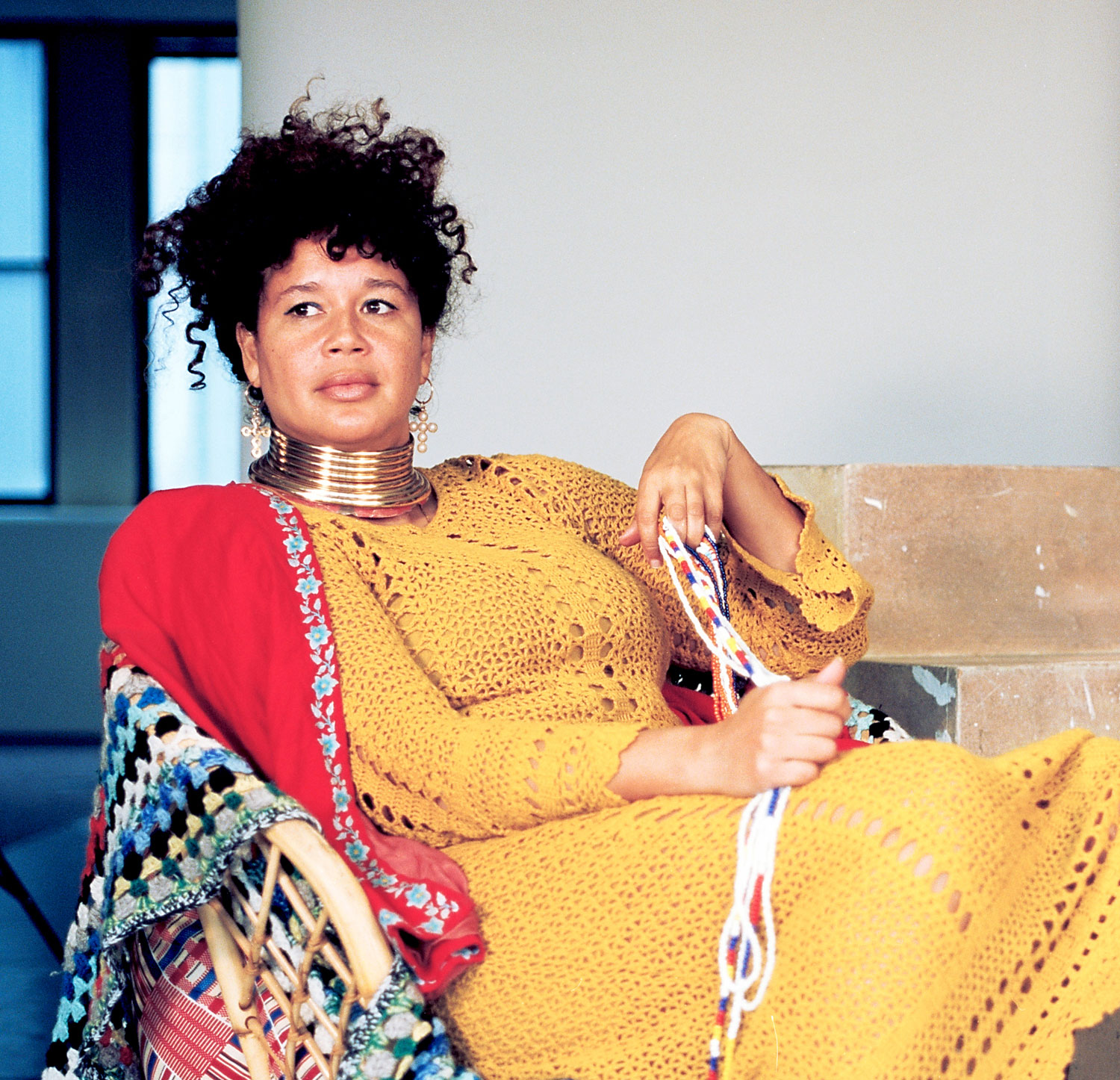As a result of pandemic-related delays, two major international art events that only overlap every decade or so will both be running over the coming months: the Venice Biennale (23 April–27 November) and documenta fifteen (18 June–25 September). This year’s editions are both more diverse and inclusive, with a stronger Caribbean presence than ever before.
Trinidadian contemporary artist Christopher Cozier is not entirely surprised. He calls it the “post-Okwui moment”. Nigerian art critic Okwui Enwezor — one of only two people (the other being Swiss art historian Harald Szeemann) to ever curate the main exhibits for both Venice (2015) and documenta (2002) — began to shift the paradigm, Cozier says, away from the platforms being “conveyor belts for art stars”. Instead, he used them to facilitate conversations about the role of art in social transformation, widening the net beyond Euro-American norms.
This year’s curator of the Venice exhibition, held at the Arsenale di Venezia — an old, strangely beautiful edifice at the eastern end of the city that was once a wartime shipyard — is Italy-born, New York-based Cecilia Alemani. She told ARTnews back in 2020 that she had no interest in doing “the coronavirus biennial”. Instead, she acknowledged that times of crisis are often accompanied by an artistic shift, saying, “If that happens, I want to try to capture it.” She has since dubbed the exhibit “transhistoric” — creating a dialogue between the present and the past, and between “stories of exclusion”.
This epidermal layer of the biennial, which features 213 artists — the majority of them showing in Venice for the first time — spotlights work by several regional creators who have routinely straddled this transhistoric divide: the late Cuban printmaker Belkis Ayón, sculptor Firelei Báez from the Dominican Republic, and a handful of Haitian artists, including Drapo Vodou, textile maker Myrlande Constant, self-appointed (and self-taught) “historic animalist” Frantz Zéphirin, and the late master painter Célestin Faustin, whose fantastical canvases famously chronicle the struggle between his attraction and antipathy towards the Vodou religious practices of his homeland.
The national pavilions, fixed structures located even further east in the Giardini della Biennale, are often occupied by larger countries, all permanent fixtures on the Venice circuit. Grenada and Cuba have sent contingents as well. This year, Sonia Boyce, who has Barbadian roots, is representing Britain; her compatriot Alberta Whittle, Scotland; and sculptor Simone Leigh — whose parents are Jamaican — the United States.
Their collective occupation of such significant spaces is dazzling and, as the first Black women ever chosen to represent their respective countries at the Venice Biennale, long overdue. Boyce’s art makes a point of inviting the spectator into the experience; Whittle uses empathy and the power of the collective as tools to counteract anti-Blackness; and Leigh is interested in how Black female subjectivity plays out in historical contexts.
Now that we’re living though a new and unpredictable phase of history, it will be interesting to see how the new work they plan to unveil in Venice will respond. As Whittle said when she received the Scotland commission, “With so many urgent conversations on health, grief, refusal, race and healing at the forefront of my mind, now is the moment to ask questions about how we can unlearn and be more actively reflective on a personal level as well as collectively.”
The collective, meanwhile, defines this year’s documenta. Ever since the contemporary art exhibition’s fifth instalment in Kassel, Germany in 1972, a different artistic director has been appointed. This year, it is ruangrupa, a Jakarta-based collaborative that has oriented the show around the concept of lumbung — what Indonesians call a cooperative rice barn — where surplus harvest is stored and shared with the community. Not only is it the first time a collective has been asked to curate, but with ruangrupa’s bent towards the unconventional, artists from traditionally underrepresented regions like the Caribbean can finally make strokes on the global art canvas.
Imagine the quality of art that can be realised by pooling resources, participating creatively with your peers and generously sharing attention. Three Caribbean art collectives — Haiti’s Atis Rezistans, The Instituto de Artivismo Hannah Arendt from Cuba, and Alice Yard from Trinidad and Tobago — will get the opportunity to do just that at documenta fifteen. While former iterations focused on residencies, workshops, seminars and film screenings, this year will likely see a marriage of art and activism as participants explore issues ranging from alternative currencies to climate justice.
For its part, Alice Yard doesn’t plan to conceive some “grand, unprecedented” project just because it’s documenta. Nicholas Laughlin, one of the group’s co-founders, said they will instead focus on activity and process — the things they do when no one is looking. In the spirit of sharing which lumbung encapsulates, the collective has invited nine artists from its Caribbean network to spend time over the course of the 100-day exhibit informally and spontaneously doing art, research, and performance.
Much like the pandemic, therefore, what will emerge from documenta fifteen remains to be seen and depends on being open to what the location offers, to the exhibit’s core values, and to new relationships.


























